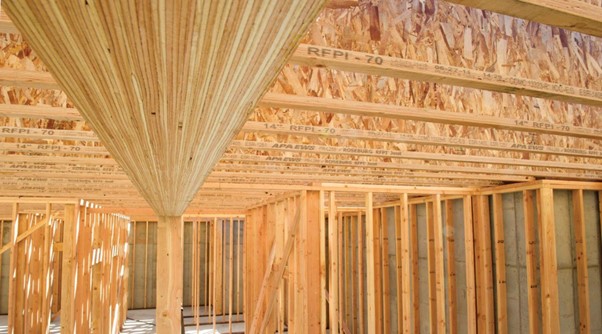The Government, in collaboration with key stakeholders, is determined to transform the forestry sector through the development of the engineered wood sector, which has demonstrated its potential economic and social impact in the country. In this regard, the Ministry of Natural Resources and Tourism (MNRT), in collaboration with the Tanzania National Business Council (TNBC) Forestry Working Group (FWG) and Forestry Development Trust (FDT), prepared the National Engineered Wood Sector Development Framework (2021-2031). Guided by Vision 2025 and the National Forest Policy (1998), the overall goal of the framework is to promote the development of the engineered wood sector to increase its contribution to economic growth that leads to increased income, job creation and improved wellbeing of people engaged in the engineered wood industry. In addition, the government will benefit through increased revenues, foreign exchange earnings and improved balance of trade.
In line with the mission, the outcome (purpose) of the framework is to achieve a transformed engineered wood products industry which is inclusive, competitive, technologically capable, environmentally friendly (i.e., attention to climate change issues), prioritizes gender, youth and people with disabilities and considers future sustainability. The outcomes of the framework implementation are characterized by type and number of actors, capacity utilization, efficiencies achieved and growth in trade volume. Appropriate indicators and targets have been designed to aid in the tracking of performance throughout the implementation of the framework. The action plan provides the link between the outcomes and focus areas for implementation to generate the expected results.
Specifically, the framework focuses on five objectives which, if attained, will generate the desired outcomes. These objectives are:
- Promoted wood investments for enhancing forest sector economic contribution.
- Enhanced productivity in the engineered wood sector.
- Ensured adequate and sustainable supply of raw materials for engineered wood industry.
- Enhanced institutional and human resource capacity to manage the engineered wood sector, and
- Enhanced engagement of vulnerable groups in the engineered wood sector.
The expectation is for these objectives to be realized in the period of ten years (from 2021 to 2031). The immediate emphasis is on the targeted deliverables for the period till 2025, which are critical for instilling confidence among stakeholders on the performance and prospects of the industry. The implementation of these objectives and targets will be guided by the action plan. The plan stipulates the issues to be addressed, interventions, targets, and activities to be implemented. It also provides an estimation of the financial resources needed to implement the action plan and responsible actors. In tracking the implementation of the action plan, the timeframe has been indicated for realizing the expected outputs and outcomes and means of verification to ensure the discipline of accomplishment and timeliness among the key actors.
It is indeed a collective effort that requires connected thinking, commitment among key actors, discipline of action, consistency during the implementation phases, focus and determination that is facilitated by unquestionable and effective coordination. In addition, there will be participatory monitoring and evaluation (PME) mechanism to ensure collective responsibility and accountability among actors in the engineered wood sector.
Action Plan For The National Engineered Wood Sector Development Framework (2021-2031)




